Rotor Sails to Power Oil Tanker
Published on April 3rd, 2017
Over 200 years after steamships first began crossing the ocean, wind power is finding its way back into seafaring. Global shipping firm Maersk is planning to fit spinning “rotor sails” to one of its oil tankers as a way of reducing its fuel costs and carbon emissions.
The company behind the technology, Finnish firm Norsepower, says this is the first retrofit installation of a wind-powered energy system on a tanker.
Yet the idea of using these spinning cylinders on ships to generate thrust and drive them forward was first trialed in 1924 – and shortly after disregarded. So why do Norsepower and Maersk (and the UK government, which is providing most of the $4.4m USD of funding), think this time the technology will be more of a success?
The rotor sail was invented by German engineer Anton Flettner. It is effectively a large, spinning metal cylinder that uses something called the Magnus effect to harness wind power and propel a ship.
When wind passes the spinning rotor sail, the air flow accelerates on one side and decelerates on the opposite side. This creates a thrust force that is perpendicular to the wind flow direction. Although it takes energy in the form of electricity to spin the sail, the thrust it produces means the engines can be significantly throttled back, so it reduces overall fuel use and emissions.
Flettner built two rotor vessels, one of which managed to sail across the Atlantic to New York in 1926. But this modern attempt to harness the wind for ocean travel failed to compete with diesel power. Rotor sails were too heavy and the costs too high for them to yield the expected fuel savings and become successful with shipping operators.
But technology improvements and the rise of environmental regulations have led to renewed interest in rotor sails.
Wind power firm Enercon launched a new rotor ship in 2008, while in 2014 Norsepower added its first rotor sail to a cargo ship owned by sustainable shipping firm Bore. Promising lightweight and relatively cheap materials and designs, combined with higher oil prices and the need to reduce emissions, mean rotor sails could now take off.
The 240 metre-long Maersk tanker will be retrofitted with two modernised versions of the Flettner rotor that are 30 metres tall and five metres in diameter. In favourable wind conditions, each sail can produce the equivalent of 3MW of power using only 50kW of electricity. Norsepower expect to reduce average fuel consumption on typical global shipping routes by 7% to 10%, equivalent to about 1,000 tonnes of fuel a year.
The rotor sail project will be the first installation of wind-powered energy technology on this type of tanker. This will provide insights into fuel savings and operational experience and help to reduce their environmental impact.
Each rotor sail is made using the latest intelligent lightweight composite sandwich materials, and offers a simple yet robust hi-tech solution, although they could still cost more than $1.9m USD to install. That is the equivalent of around 5.5% of the cost of a typical used ship of that size, but a significantly lower percentage for a new tanker.
The rotor sails that Maersk will be testing might be its most promising technology yet, but it has also been exploring other efficiency measures.
Shipping is entering a brave new era with accelerating advances in big data, artificial intelligence, smart ships, robotics and automation. Maersk is testing drones to deliver ship supplies instead of traditional barges, special paints on its hulls that would cut down on algae and other microorganisms that increase drag, solar-powered sails, kites that tow a vessel, batteries, and biofuels.
What will force more shipping firms to adopt these kind of measures are the new pollution rules that will come into effect at the end of the decade. From 2020, shipping companies will be required to reduce the sulphur content of their fuel, which could come at a significant cost.
This potentially makes investment in technologies such as rotor sails much more worthwhile. Wind propulsion for commercial vessels appears to be gaining mainstream industry support and perhaps, in the not too distant future, might even become commonplace.
Source: Phys.org


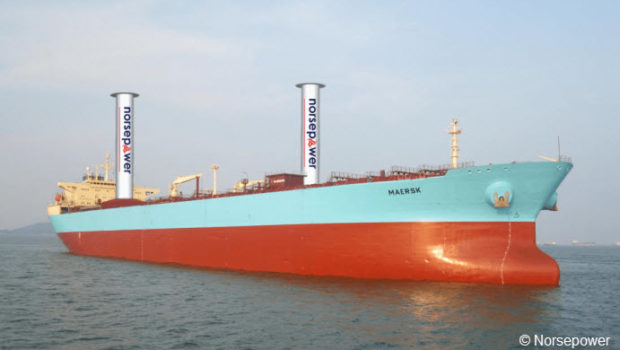

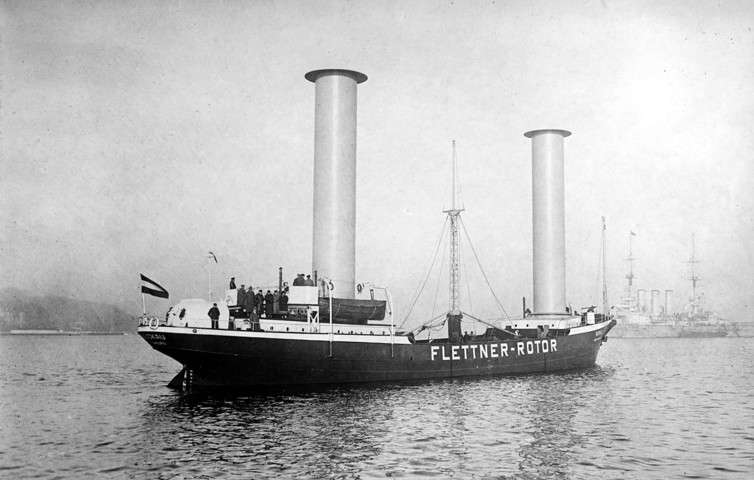

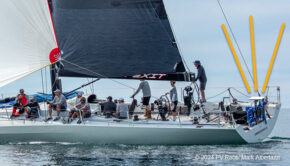
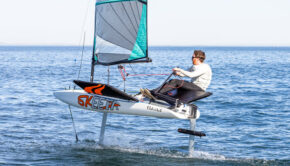

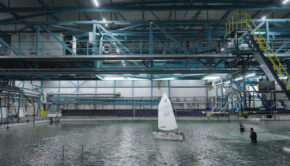
 We’ll keep your information safe.
We’ll keep your information safe.